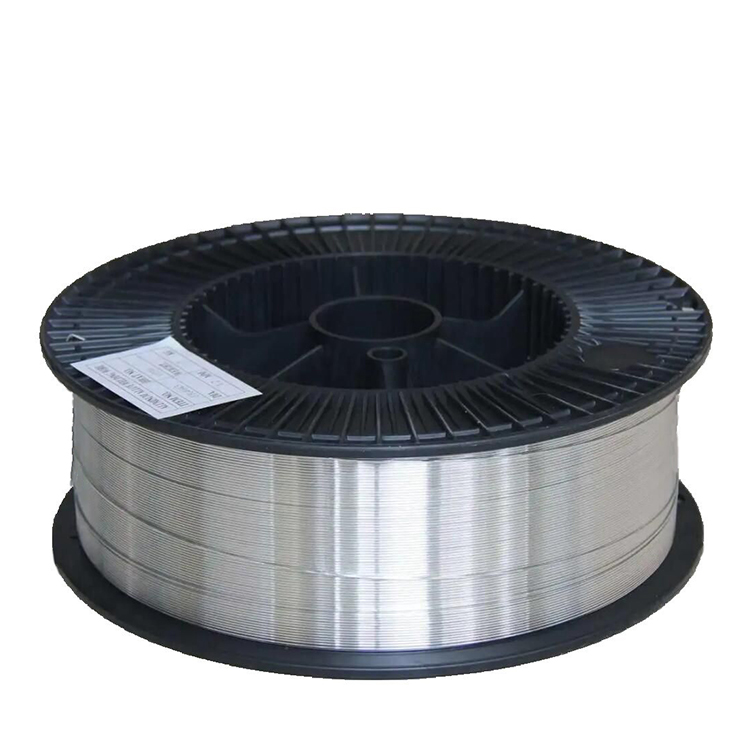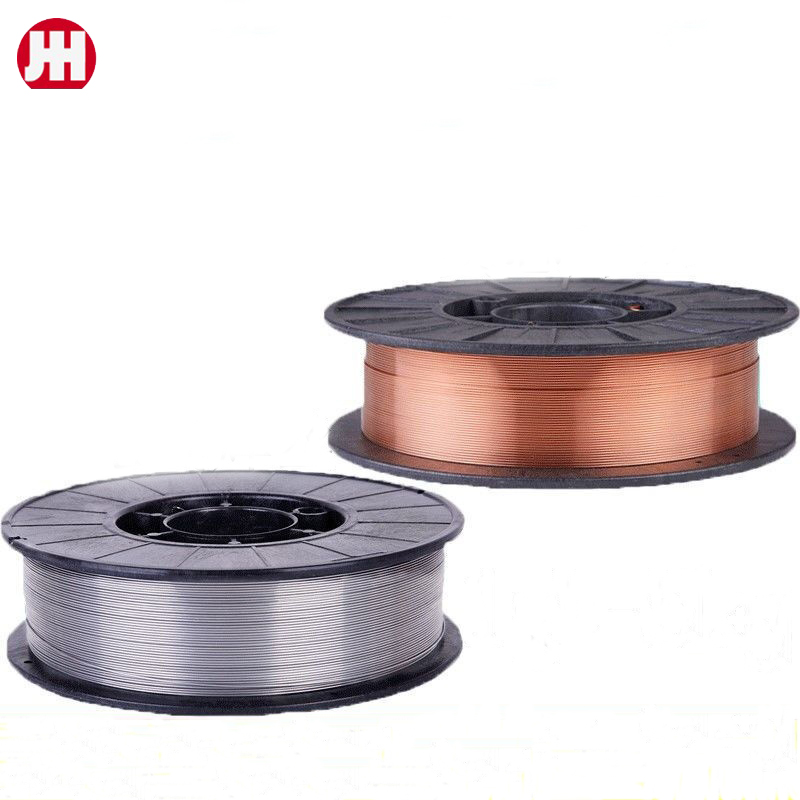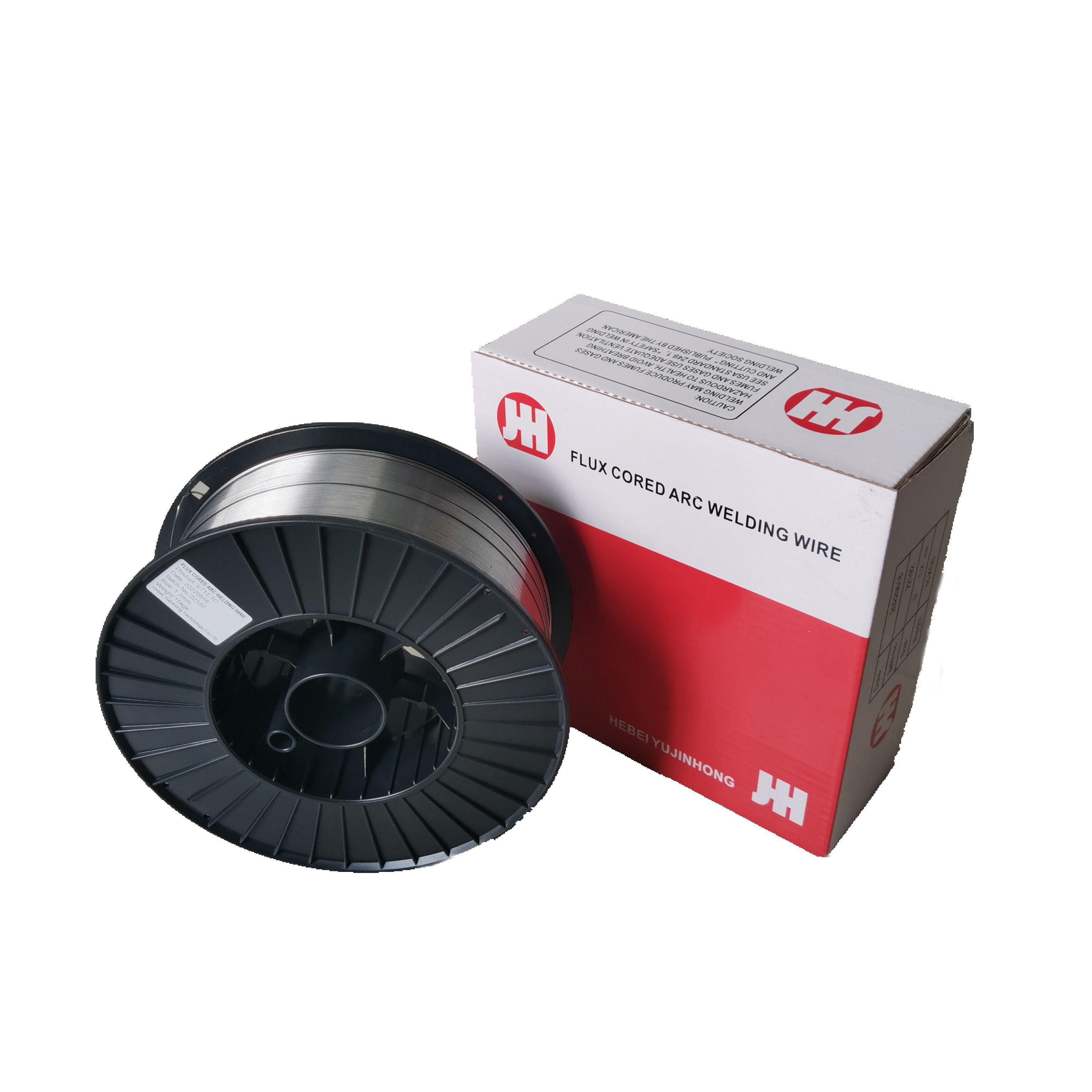E71T-11 Welding Wire: Self-Shielded, Factory-Direct—Why Buy?
Field-Proven Notes on e71t-11 welding wire: Real-World Performance, Specs, and Buying Tips
I’ve spent enough muddy mornings on jobsites to know why welders keep a spare spool of e71t-11 welding wire in the truck. It’s self-shielded, tolerant of wind, and surprisingly forgiving when you’re stitching brackets to a rusty trailer frame. Today, let’s break down what matters—beyond brochure-speak—and how to choose a reliable supplier.

Industry snapshot
Demand for e71t-11 welding wire keeps creeping up in light fabrication, farm repairs, and field installs. Portable inverter machines got better, job timelines got tighter, and weather didn’t start cooperating—so self-shielded flux-cored stayed a favorite. Price swings are real (core ingredients, freight), but the value proposition remains: quick arc starts, decent penetration, and no bottle to lug.
Technical specs (typical)
| Standard/Classification | AWS A5.20 E71T-11 |
| Diameters | 0.8/0.9/1.2 mm (0.030/0.035/0.045 in) |
| Polarity | DCEN (straight) |
| Shielding | Self-shielded (no gas) |
| Tensile strength | ≥ 490 MPa (≈70 ksi), real-world may vary |
| Yield strength | ≈ 420 MPa (≈60 ksi) |
| Impact toughness | ≈ 20–27 J at -18°C (typical) |

From strip to spool: process flow
Material starts as low-carbon steel strip formed into a U, filled with rutile-based flux, then closed and drawn to size. Some lines add a light copper coating; many E71T-11s run uncoated. QC checkpoints include wire diameter tolerance, feedability tests, diffusible hydrogen checks (per AWS A4.3/ISO 3690), and mechanicals to AWS A5.20. Spools are vacuum-bagged with desiccant. Shelf life is long if stored dry; weld service life outdoors (with paint) commonly runs 10–20 years on trailers, fences, and light structures, assuming reasonable prep.
Where it shines
- Outdoor, windy jobs where gas shielding is a pain.
- Thin-to-medium mild steel: brackets, gates, HVAC supports, site fab.
- Maintenance welding on galvanized (with safe fume practices).
Pros: portability, forgiving arc, decent penetration, fast travel. Cons: more spatter than gas-shielded FCAW/MIG, slag to remove, and not a substitute for low-hydrogen structural procedures when code demands it.

Test data, certifications, feedback
Typical procedure qualification per AWS D1.1 or ASME IX shows tensile ≥70 ksi and bend tests passing when parameters are dialed in. Impact values are adequate for most non-critical fab; check your WPS. Many customers say arc starts are clean and slag lifts easily if travel angle is right. Look for mill certs to AWS A5.20 and QC systems like ISO 9001. If your job requires welder quals, ISO 9606-1 applies.
Vendor comparison (quick take)
| Supplier | Certs | Diameters | Lead time | Notes |
|---|---|---|---|---|
| Steel Tools China (Origin: NO.368 YOUYI NORTH STREET, XINHUA DISTRICT, SHIJIAZHUANG) | AWS A5.20; ISO 9001 (reported) | 0.8–1.2 mm | ≈ 2–4 weeks | Competitive pricing; private label available |
| Brand L (US) | AWS A5.20; extensive approvals | Broad | Stock/short | Premium pricing; wide distributor network |
| Brand H (US) | AWS A5.20 | Common sizes | Short–mid | DIY-friendly; consistent feedability |

Customization and packaging
For e71t-11 welding wire, common requests include 1/5/15 kg spools, OEM labels, moisture-barrier wrap, and palletized cartons. Some shops ask for tighter diameter tolerance for robotic feeders—worth discussing if you’re automating.
Two quick case notes
HVAC support frames: Contractor switched to e71t-11 welding wire for rooftop work—no gas bottles, wind wasn’t an issue, and output increased ≈15% week-over-week. Farm repairs: On galvanized gates, light grind at the weld zone plus correct stickout cut fume and porosity; slag chipped off cleanly.

Bottom line
If you need fast, portable, code-respectful welds for non-critical steel, e71t-11 welding wire remains a smart, economical pick. Check certs, confirm test data, and match diameter to your machine—and keep it dry. Simple, but it works.
References
- AWS A5.20/A5.20M: Specification for Carbon Steel Electrodes for Flux Cored Arc Welding.
- AWS D1.1/D1.1M: Structural Welding Code – Steel.
- ASME Section IX: Welding, Brazing, and Fusing Qualifications.
- ISO 9606-1: Qualification testing of welders — Fusion welding — Part 1: Steels.
- ISO 3690 / AWS A4.3: Determination of hydrogen content in arc weld metal.
-
High-Quality Welding Electrodes 4.0mm*400mm for Industrial Use | Steel Tools ChinaNewsNov.24,2025
-
Explore the Benefits and Uses of 2.6mm Welding Electrode 6013 | Global GuideNewsNov.23,2025
-
Understanding CO2 Welding Wire Price: Global Impact, Trends, and TipsNewsNov.22,2025
-
Top Guide to Welding Wires CO2 – Specifications, Benefits & Industry UsesNewsNov.22,2025
-
Comprehensive Guide to Welding Electrode 6011 – Global Applications & BenefitsNewsNov.21,2025
-
AWS E6013 Welding Rod-HEBEI YUJINHONG TECHNOLOGY CO.,LTD.|All-Position Carbon Steel ElectrodeNewsNov.21,2025


